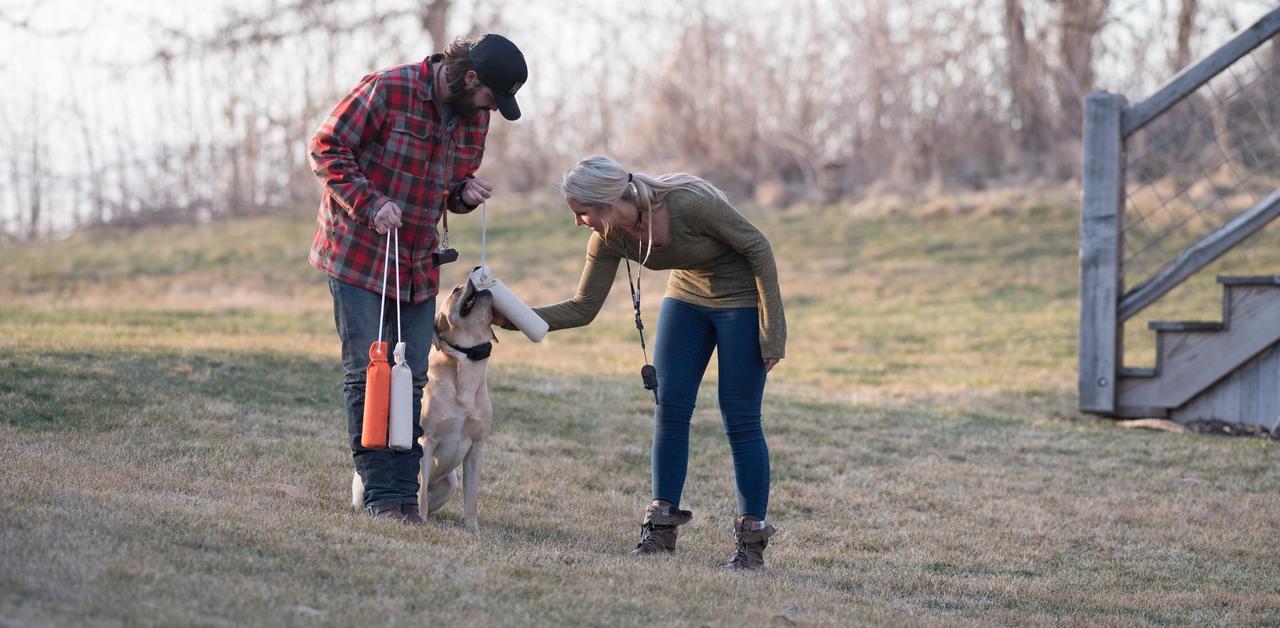
Keeping the Fun in Retriever Training
Posted by The SportDOG StaffWouldn't it be lovely in the midst of a tough day if someone popped by and uttered a few words that made all your worries vanish? Straight away your negative emotions would dissipate and you'd be cheerful. Well, in retriever training, there's something that can have that effect on your dog. We call them “fun bumpers,” and although the idea is straightforward, they fulfil an important role.
The only rule with fun bumpers is that the dog must chase the bumper. I throw fun bumpers in some fashion every day for each dog I’m training. With a young dog, this is how I begin each session. I continue until I see a positive attitude in the pup. After all, it serves no purpose to throw an object for your dog to retrieve if he’s not motivated.
In a dog with poor retrieving desire, this fun game can build his excitement. You can nurture motivation by teasing your dog with a bumper. As his interest in the object intensifies, toss it a few feet in front of him. If he doesn’t chase, repeat the process. I’ve seen this go on for weeks in an unmotivated student. Patience is the only way to solve the problem. I’ve yet to see a dog enjoy retrieving that had the process forced upon him.
Most dogs from reputable breeding don't require much encouragement to retrieve, but that doesn't mean fun bumpers aren't a valuable aid at every stage of the training process. As anyone who has undertaken extensive retriever training is aware, there are numerous rules you expect your dog to adhere to – steadiness, stopping at the whistle and responding to hand signals, to list a few. Therefore, it's crucial to introduce a verbal command to distinguish the fun bumper routine. I use the phrases, 'Hup, hup, hup,' before throwing the bumper as a verbal signal to the pup that he's about to enjoy himself. You can choose any words you like, but ensure consistency. Soon, those words alone will send your dog into a whirlwind of excitement.
Continual repetition of the fun bumper programmes gives you an additional tool for training. Fun bumpers can be used to coax a dog into water for the first time. They can adjust a pup's attitude if it seems confused or lacks confidence in a new situation. And they're enjoyable for you, too. I don't know anyone who doesn't smile when their dog retrieves with a wagging tail and happy demeanour.
As the dog progresses, I used fun bumpers as a reward at the end of the training session. I always follow a job well done with a couple of fun bumper throws before the dog goes back on the lorry or into its kennel. This increases its desire to work in the next training session.
Everything I’ve explained so far is related to motivation and reward. However, this concept can also be reversed: to punish a dog. Imagine if your boss said your wage depended on how well you did your job. Poor performance by your dog might mean he gets put back in the kennel without his wage of fun bumpers. Not giving him his fun bumpers at the end of a training session can be the worst punishment in a dog’s life if he has been properly trained with them
Always check your local and state regulations related to dog training and the use of game birds on private and public property.
Related Articles
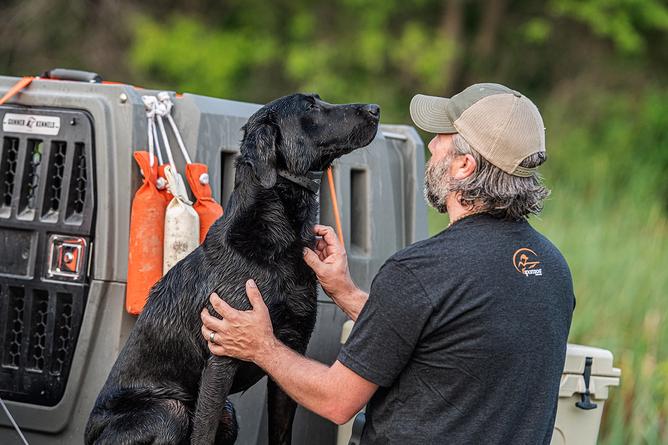
Reward-Based Training for Labradors
by The SportDOG Staff
Imagine you go to work this week giving your best efforts to satisfy the boss and make the company successful. During that time you forgot to return one phone call and came in five minutes late on Thursday because of a wreck on the motorway. The rest of the week...
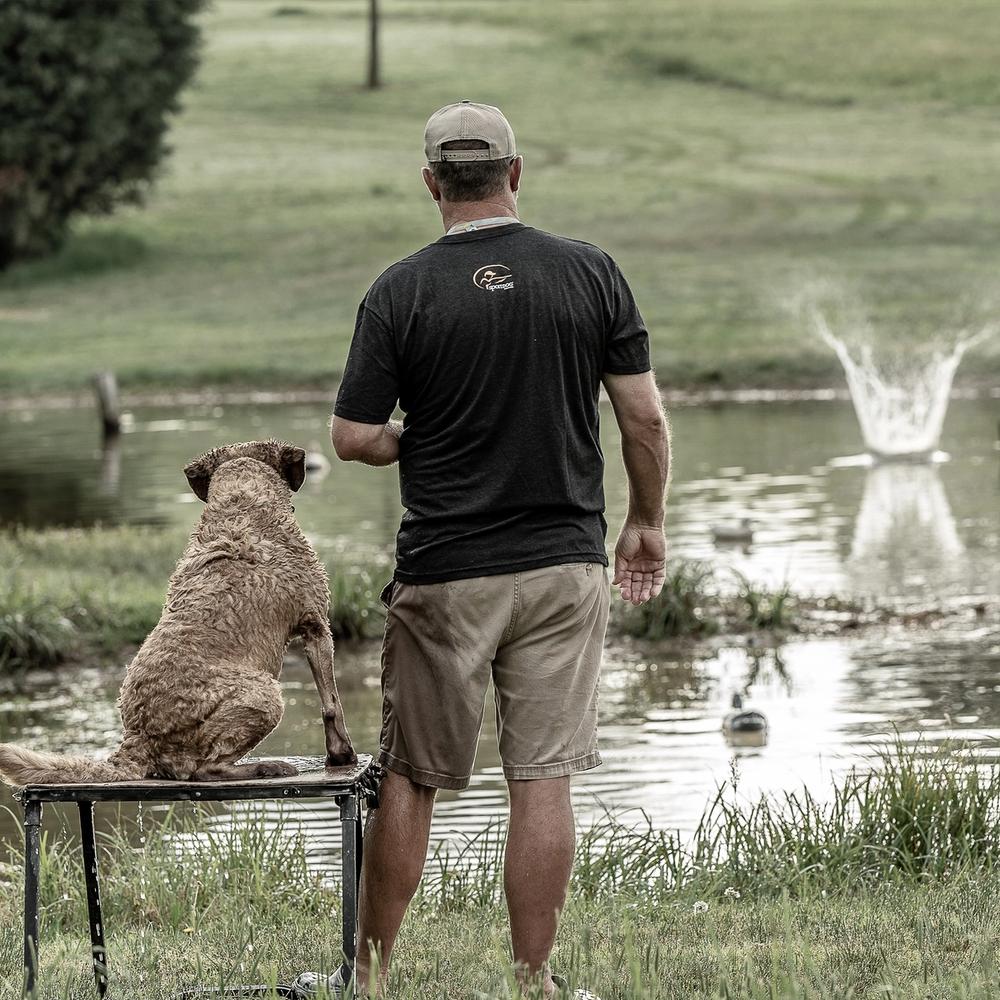
Building a Steady Retriever
by Tom Dokken
A retriever that remains calm in a duck hide and concentrates on watching birds fall is a joy to hunt with. In a perfect world, that’s how all retrievers would behave. While a steady retriever is something that most hunters want, the reality is that very few retrievers are truly...
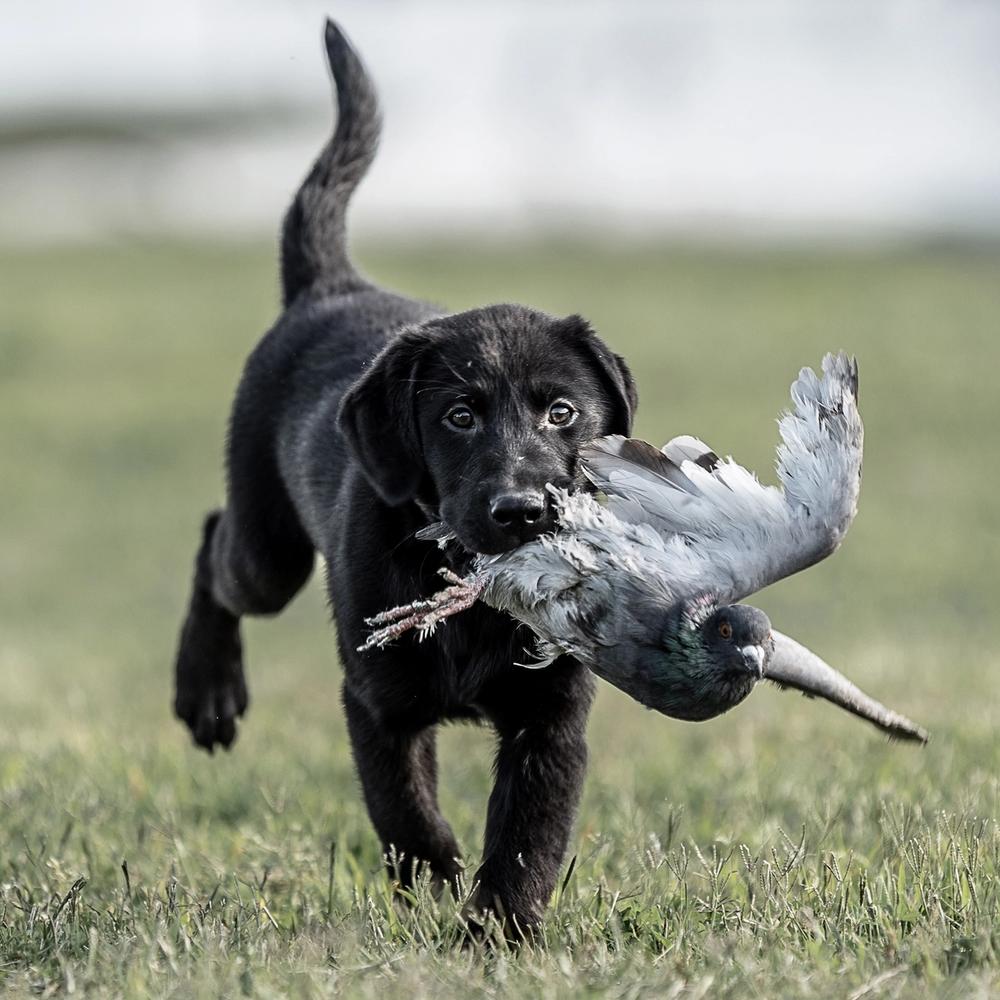
Make Your Upland Retriever Mad for Feathers
by Tom Dokken
There’s nothing better than a hard-charging flushing dog that is absolutely crazy for birds. But how do you ensure your young retriever will turn out like that? Here are the steps I use. You can introduce your retriever to feathers when he is very young, say up to 12 weeks....
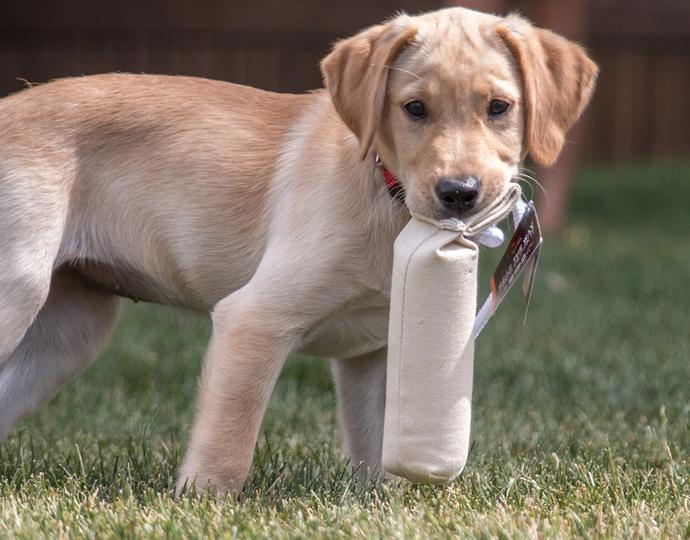
Training Your Retriever with Dummies
by The SportDOG Staff
Training a retriever can be one of the most rewarding experiences any hunter can have. There are no secrets involved: just patience, repetition, perseverance, consistency and the ability to anticipate reaction. In short, the trainer needs to be just a little smarter than his pupil. This is not always as...
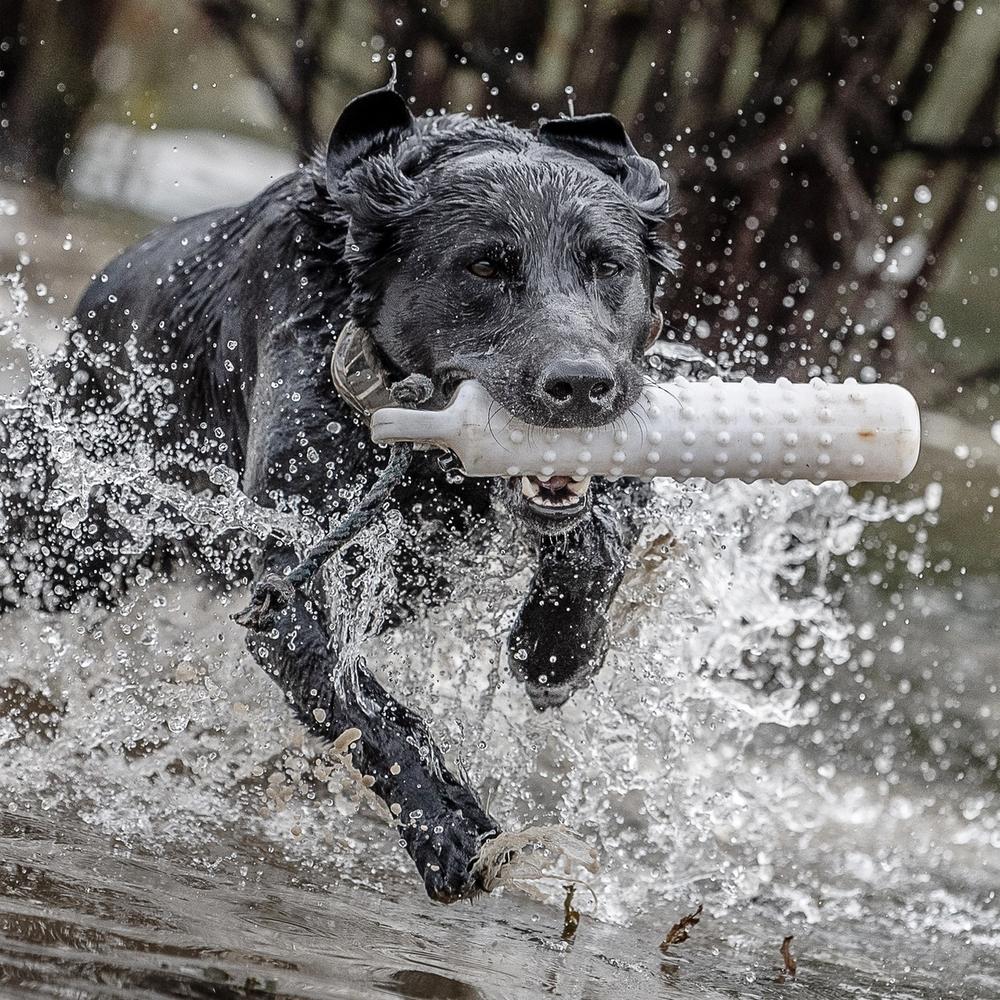
Retriever Training: The Transition to Water
by Tom Dokken
Retrievers love water, so you wouldn’t think that transitioning from land retrievers to water retrieves would be difficult. It isn’t, as long as you follow a few simple guidelines. The key to a smooth introduction and continued improvement on water retrieves is to work in baby steps, just like you did...
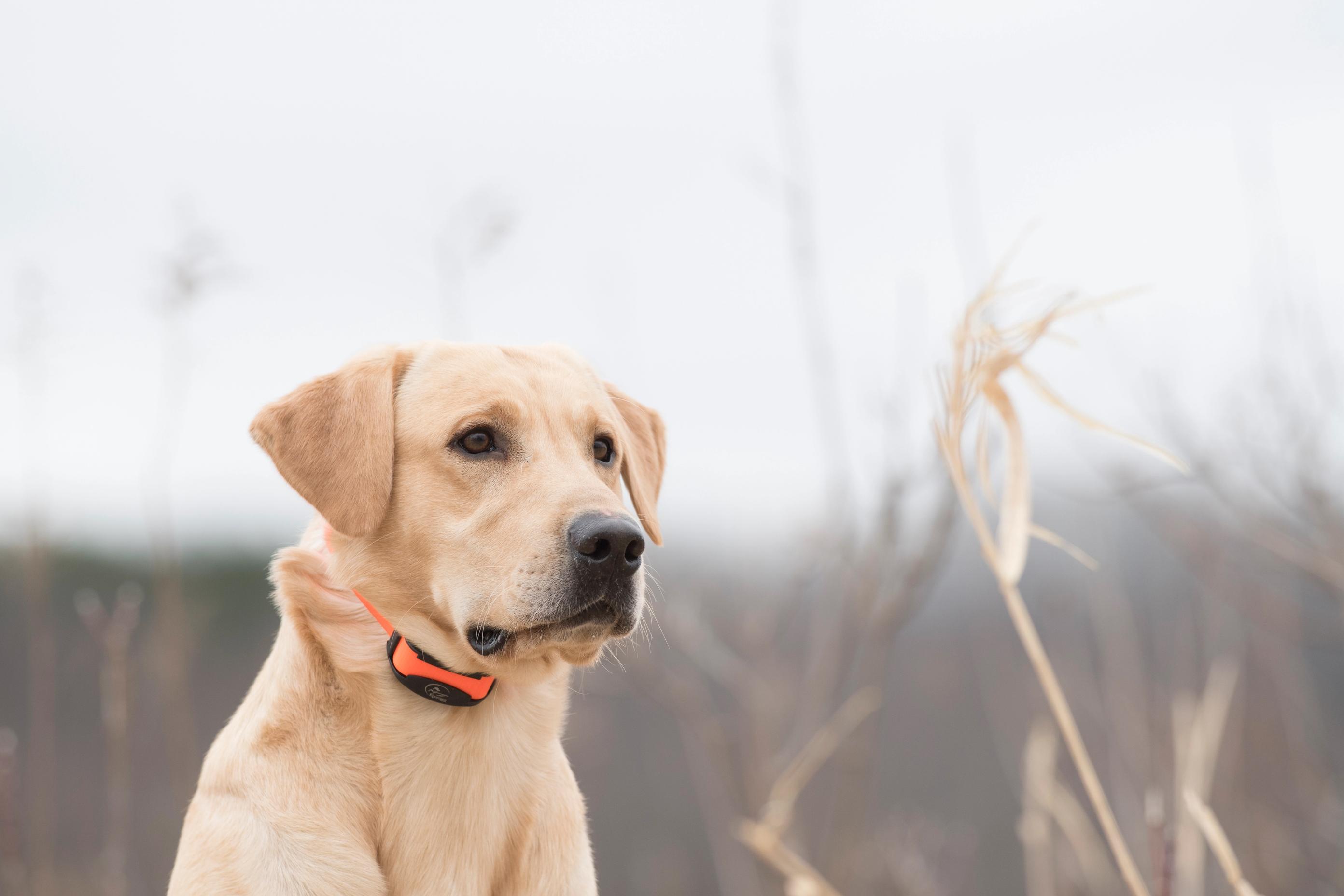
Training Your Retriever for Double Duty
by The SportDOG Staff
If you own a waterfowl dog, chances are that sooner or later you’re going to ask it to perform upland duty. It might be a pheasant hunt as a sideline to your Dakota duck hunt, or maybe an afternoon of quail hunting after a morning goose hunt. Most retrievers handle...
